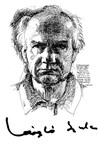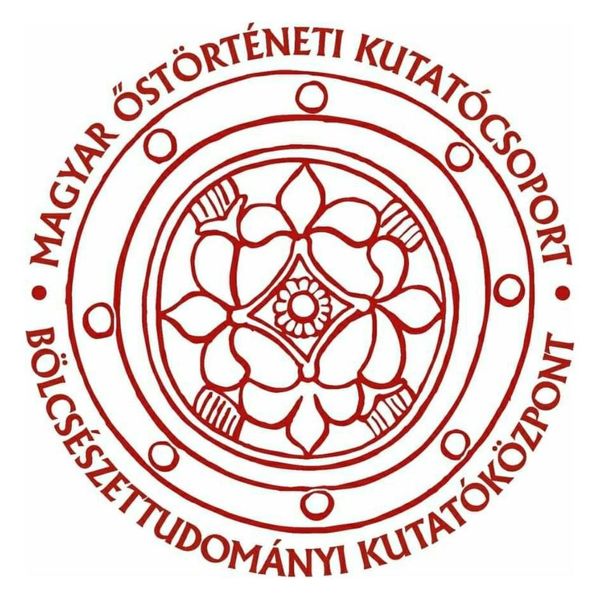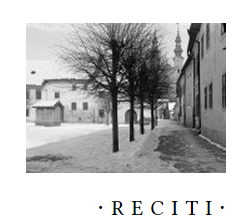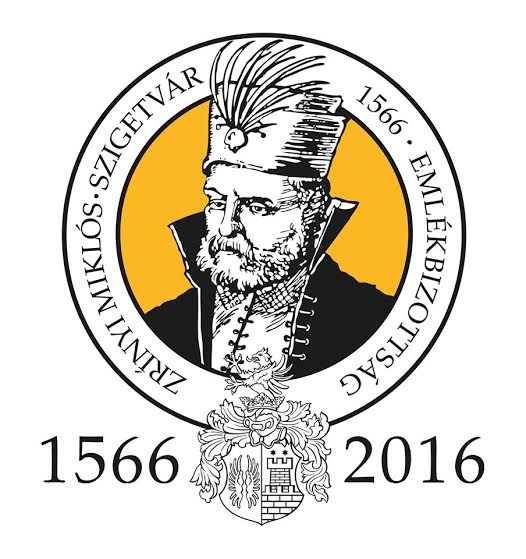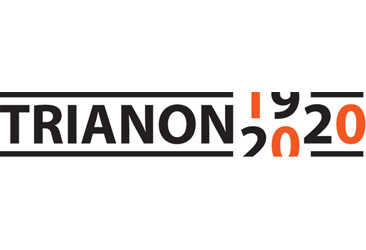An English-language volume on the history of the Szapolyai family was published as the latest product of the “Mohács 1526–2026 - Reconstruction and Remembrance” project, which took place between 2017–2020 in collaboration with the Research Center for the Humanities and the University of Pécs. The volume of sixteen studies entitled A Forgotten Hungarian Royal Dynasty: The Szapolyais was edited by Pál Fodor and Szabolcs Varga.
 This collection of essays hopes to settle an old debt to Hungarian historiography, while it is also an act of reckoning that seeks to re-evaluate the Szapolyai family’s major but questionable role over more than a hundred years in the history of the Kingdom of Hungary. A debt, because even though the family gave the country both a crowned king, King John I (1526–1540), and an elected king, John II (John Sigismund; 1540–1571), posterity has treated these kings with negligence. No exhaustive monographs have been written on King John’s life path, and more research also needs to be done on the country’s history during the reign of the so-called ‘Szapolyai heirs’, i.e. Isabella and her son. Of course, the Szapolyais are not unknown in Hungarian historical memory, but Hungarian historiography has never attempted to give a systematised view of the role of the family that rose to power in the early 15th century. This work can therefore also be regarded as an act of reckoning: over the past few years detailed research has been carried out and we have reached a point at which these new findings can be presented to readers. We believe it is particularly important that on the basis of these findings a book also be published about the family in English, since the last few decades have seen a spurt of scholarly literature on the Jagiellonian, Tudor and Vasa dynasties, among others, while the Szapolyais, being of Hungarian origin, have remained almost entirely unknown figures of the European political relations of the early modern period.
This collection of essays hopes to settle an old debt to Hungarian historiography, while it is also an act of reckoning that seeks to re-evaluate the Szapolyai family’s major but questionable role over more than a hundred years in the history of the Kingdom of Hungary. A debt, because even though the family gave the country both a crowned king, King John I (1526–1540), and an elected king, John II (John Sigismund; 1540–1571), posterity has treated these kings with negligence. No exhaustive monographs have been written on King John’s life path, and more research also needs to be done on the country’s history during the reign of the so-called ‘Szapolyai heirs’, i.e. Isabella and her son. Of course, the Szapolyais are not unknown in Hungarian historical memory, but Hungarian historiography has never attempted to give a systematised view of the role of the family that rose to power in the early 15th century. This work can therefore also be regarded as an act of reckoning: over the past few years detailed research has been carried out and we have reached a point at which these new findings can be presented to readers. We believe it is particularly important that on the basis of these findings a book also be published about the family in English, since the last few decades have seen a spurt of scholarly literature on the Jagiellonian, Tudor and Vasa dynasties, among others, while the Szapolyais, being of Hungarian origin, have remained almost entirely unknown figures of the European political relations of the early modern period.
A great number of lessons can be learnt from the Szapolyai family’s fate and political legacy, as these are an almost impeccable reflection of the Kingdom of Hungary’s ever-decreasing room for manoeuvre. This era, during which the European monarchies of the early modern period were born, was full of suffering; in the Carpathian basin, due to the Ottoman conquest, it had even more tragic consequences. The transformation of Hungarian society took place in the 16th century amidst constant military pressure, continuous defeats and political instability; during much of this period, the country was led by the Szapolyais. We can therefore state with all certainty that their reign, the Szapolyai era (1526–1571), was one of the most critical periods in Hungarian history. So it is no coincidence that, with hindsight of almost 500 years, the family has once again received a great deal of attention
The present collection of 15 essays is the result of research on one of the major turning points in Hungarian history: the Battle of Mohács. Readers will see the story of the Szapolyai family’s rise during the late Middle Ages unfold before their eyes, while there has also been a focus on re-evaluating King John’s historical role as a monarch. King John’s wife and widow Isabella Jagiellon is an undisputable member of the dynasty, as, following the fall of Buda, she reigned for a considerable period in the eastern part of the country on behalf of her son, as guardian and queen mother. The queen’s life path and her importance as a monarch is presented in the first volume in our series: Ágnes Máté and Teréz Oborni (eds.), Isabella Jagiellon, Queen of Hungary (1539–1559). Some of the essays examine the period following the queen’s death, when the eastern part of the Kingdom of Hungary was under the rule of King John II.
The studies of the book:
- Pál Fodor – Szabolcs Varga: Introduction
- Tibor Neumann: Two palatines and a voivode, or the Szapolyai family’s journey to the royal throne
- Tibor Neumann – Szabolcs Varga: The representation of the Szapolyai family
- István Kenyeres: The estates of the Szapolyai family prior to 1526
- Norbert C. Tóth: The anti-Ottoman struggles of voivode John Szapolyai of Transylvania (1510–1526)
- Pál Fodor – Teréz Oborni: Between two great powers – the Hungarian Kingdom of the Szapolyai family
- Péter Kasza: Finding the way with no room for manoeuvre: John Szapolyai’s diplomatic endeavours (1526–1540)
- István H. Németh: King John Szapolyai’s urban policy
- Emőke Gálfi: John Szapolyai and the cities of Transylvania
- János B. Szabó: The army of the Szapolyai family during the rule of John Szapolyai and John Sigismund (baronial, voivodal and royal troops, 1510–1571)
- Zoltán Csepregi: Religious literature and Reformation in the territories ruled by the Szapolyais (1526–1570)
- Pál Ács: Hungarian vernacular literature in the country of the Szapolyais
- Péter Kasza: The Latin-language literature of the Szapolyai era
- Orsolya Bubryák: The ‘legacy’ of the Szapolyais
- Szabolcs Varga: The memory of the Szapolyai family (16th–20th centuries)
- Péter Kasza – Teréz Oborni – Szabolcs Varga: The pillars of royal power: the main supporters of King John I Szapolyai
The volume can be ordered from the Institute of History RCH.





